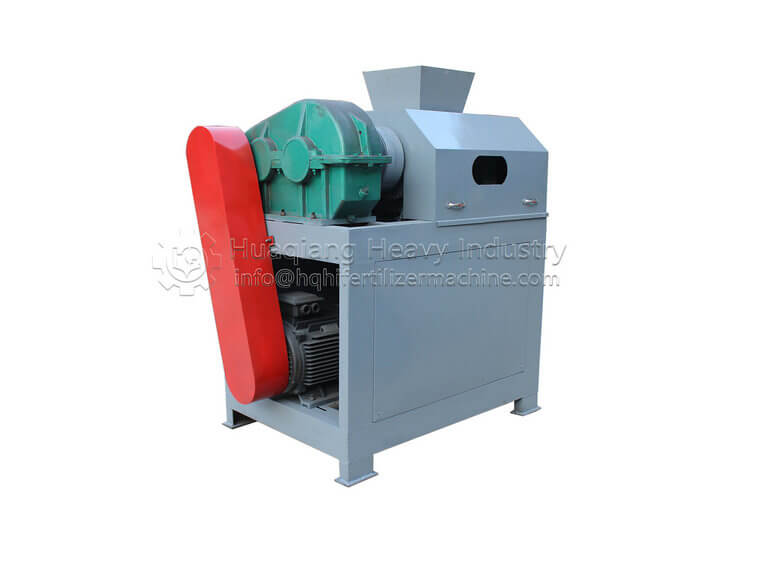Fertilizer production process of mushroom residue organic fertilizer production line
Mushroom residue and other mushroom residues are a large amount of waste generated after harvesting mushrooms in large mushroom planting bases. In some places, they are called mushroom sticks. In early treatment, many mushroom planting bases used mushroom sticks as combustibles, which not only causes pollution but also wastes resources. Since the maturity of the production line and processing technology of bio organic fertilizers, mushroom residue and other raw materials such as mushroom residue have been used as one of the sources of organic fertilizer processing..jpg)
Production process of organic fertilizer production line:
1. After mixing the bacterial strains with fermentation materials for fermentation, an organic fertilizer composting machine is used to flip the pile during the fermentation process.
2. After decomposition, the decomposed raw materials are crushed, sieved, and then transported to the granulation workshop through an elevator.
3. The organic fertilizer enters the organic fertilizer granulator for granulation after being mixed in the raw material pre mixer.
4. Next, the granulated organic fertilizer enters the granulation equipment for rounding.
5. The rounded particles arrive at the drying drum through a conveyor belt.
6. The dried particles are then transported through a conveyor belt to a cooling drum for cooling.
7. The dust generated during the drying and cooling process enters the dust removal equipment through induced air for dust removal.
8. The cooled particles are then transported by the conveyor belt to the dispersion equipment.
9. Then the dispersed organic fertilizer particles pass through the conveyor belt and arrive at the quantitative packaging equipment for packaging, becoming the finished organic fertilizer.
.jpg)



.jpg)
.jpg)


